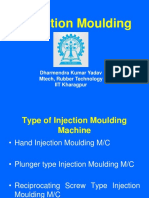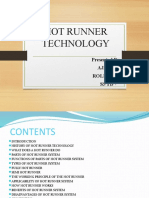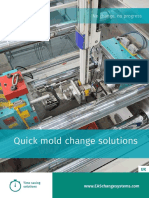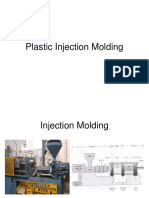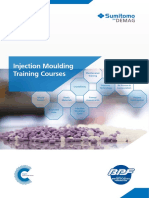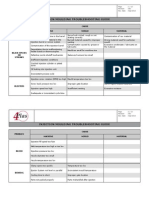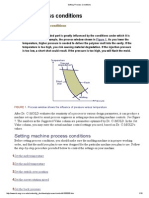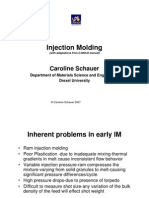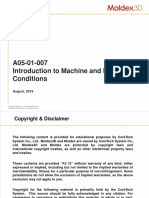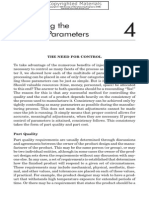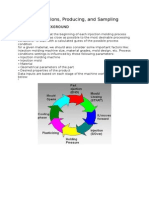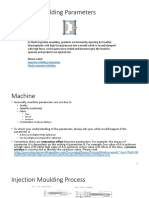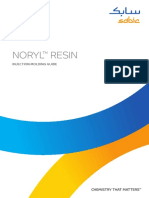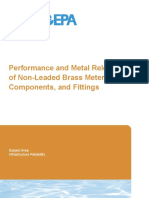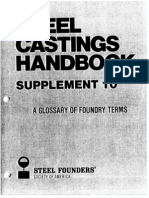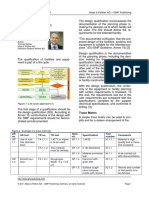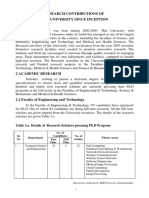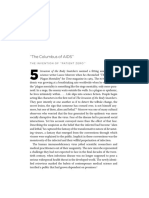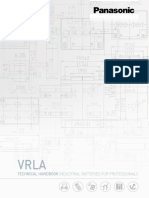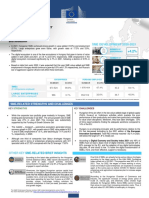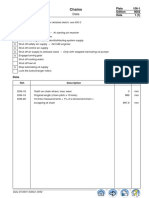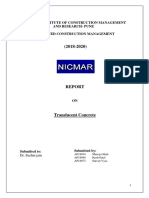0% found this document useful (0 votes)
336 views11 pagesSetting Process Condition
The document provides instructions for setting process conditions for injection molding. It discusses important factors like melt temperature, mold temperature, switch-over position, screw rotation speed, back pressure, injection pressure, holding pressure, injection velocity, and venting. The steps guide the user to initially set basic settings and then optimize through trials like increasing injection volume and holding pressure to fill the mold and minimize defects. Proper setting of these process conditions is important for part quality.
Uploaded by
eitan-dalia4971Copyright
© © All Rights Reserved
We take content rights seriously. If you suspect this is your content, claim it here.
Available Formats
Download as PDF, TXT or read online on Scribd
0% found this document useful (0 votes)
336 views11 pagesSetting Process Condition
The document provides instructions for setting process conditions for injection molding. It discusses important factors like melt temperature, mold temperature, switch-over position, screw rotation speed, back pressure, injection pressure, holding pressure, injection velocity, and venting. The steps guide the user to initially set basic settings and then optimize through trials like increasing injection volume and holding pressure to fill the mold and minimize defects. Proper setting of these process conditions is important for part quality.
Uploaded by
eitan-dalia4971Copyright
© © All Rights Reserved
We take content rights seriously. If you suspect this is your content, claim it here.
Available Formats
Download as PDF, TXT or read online on Scribd
/ 11



